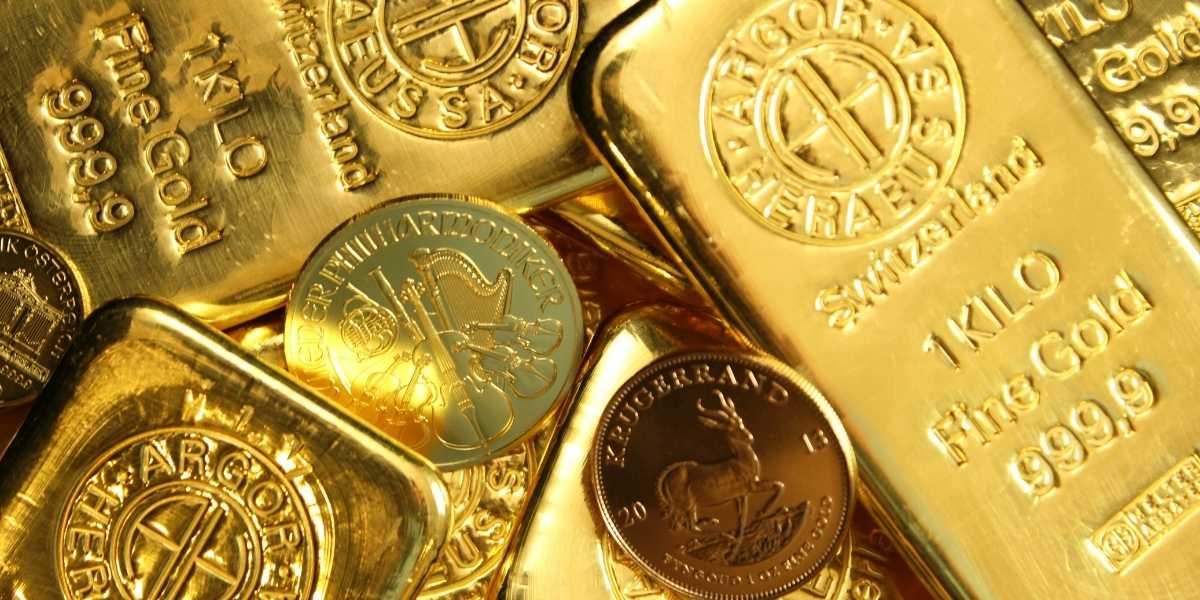Why Gold Still Holds Value in a Changing Economy
In an economic landscape often characterized by rapid shifts and unpredictable turns, certain assets stand out for their consistent ability to retain worth. Among these, gold occupies a unique and historically significant position. Despite the advent of new financial instruments and evolving market dynamics, the precious metal continues to be viewed as a reliable store of value, attracting interest from individuals and institutions alike. Understanding the fundamental reasons behind gold’s enduring appeal sheds light on its role as a bedrock asset, particularly when economic conditions appear uncertain.
Read Also: The First People of North America: A Deep Dive into Their History
The intrinsic qualities of gold itself contribute significantly to its lasting value. Unlike paper currencies that can be printed in limitless quantities, gold’s supply is naturally finite. It must be mined from the earth, a process that is both costly and labor-intensive. This inherent scarcity, combined with its virtually indestructible nature – it does not corrode or tarnish – has historically made it an ideal medium for preserving wealth across generations. Its physical durability means it can withstand the test of time, unlike other commodities that might degrade or lose their usefulness.
How Does Gold Act as a Safe Haven During Economic Uncertainty?
One of the most compelling reasons for gold’s enduring value is its role as a safe haven asset during periods of economic uncertainty and market volatility. When traditional financial markets, such as stocks and bonds, experience significant downturns or heightened instability, investors often flock to gold. This shift is driven by a desire to protect capital and preserve purchasing power. Gold has historically shown a low or even negative correlation with other major asset classes, meaning its price tends to move independently or even inversely to them during crises.

Photo: Unsplash.com
Consider moments of geopolitical tension, widespread economic recessions, or sudden financial shocks. In such times, confidence in paper currencies or corporate earnings can waver, leading to widespread sell-offs in other assets. Gold, with its tangible nature and universal acceptance, offers a sense of security that intangible investments may not. It provides a reliable anchor in a turbulent environment, which explains why its demand often increases precisely when other assets are being sold off in a panic. This psychological appeal, rooted in centuries of trust, is a powerful driver of its value.
What Role Does Gold Play as a Hedge Against Inflation?
Gold is frequently touted as an effective hedge against inflation, a phenomenon where the purchasing power of money erodes over time. When the cost of goods and services rises, and currencies lose their buying power, assets that maintain their real value become highly desirable. Gold’s limited supply makes it resistant to the devaluation that can afflict fiat currencies when central banks expand the money supply. This characteristic has often led to gold’s price appreciating during periods of significant inflationary pressure.
For example, historical periods of high inflation have frequently coincided with notable increases in gold’s value. While its effectiveness as an inflation hedge can vary over shorter timeframes, over the long run, gold has generally demonstrated an ability to preserve wealth more effectively than many paper-based assets in an inflationary environment. This is because it is not subject to the same pressures of depreciation that affect currencies when more money is printed without a corresponding increase in productivity or goods. It serves as a tangible counterbalance to the potential erosion of wealth caused by rising prices.
How Do Central Banks and Global Markets View Gold’s Importance?
The sustained demand for gold from central banks worldwide underscores its perceived importance in the global financial system. Central banks routinely hold gold as part of their foreign exchange reserves, alongside major currencies. This practice is a strategic move to diversify national wealth, enhance financial stability, and act as a safeguard against currency depreciation or systemic financial risks. Large-scale purchases by central banks can significantly influence global gold prices, signaling confidence in its status as a strategic asset.

Photo Credit: Unsplash.com
Gold’s universal recognition and high liquidity across international markets contribute to its value. It can be easily bought and sold in various forms around the world, making it a highly transferable and accessible asset. This ease of trade, regardless of political or economic conditions in specific regions, adds to its appeal as a reliable store of wealth. In an interconnected global economy, gold provides a common denominator, a universally accepted measure of value that transcends national borders and local economic fluctuations.
Why Does Gold Maintain Its Appeal Despite Modern Financial Innovations?
Even with the continuous evolution of financial markets and the emergence of new investment options, gold retains a distinct appeal. Its enduring value is not solely based on its physical properties or its role as a crisis hedge; it also stems from its cultural and historical significance. For thousands of years, gold has been revered across diverse cultures as a symbol of wealth, power, and enduring beauty. This deeply ingrained psychological association contributes to its perpetual demand for jewelry, art, and ceremonial purposes, which in turn supports its market price.
Read Also: The US Gold Reserve’s Role in Global Financial Security
Gold offers diversification benefits in an investment portfolio. Because its price movements often differ from those of stocks, bonds, and other traditional investments, including a portion of gold can help reduce overall portfolio risk and volatility. This acts as a form of insurance, potentially offsetting losses in other asset classes during adverse market conditions. Ultimately, while the economic landscape may constantly change, gold’s combination of inherent scarcity, historical performance as a safe haven, inflation hedge capabilities, and cultural resonance ensures its continued relevance and value in the global economy.








